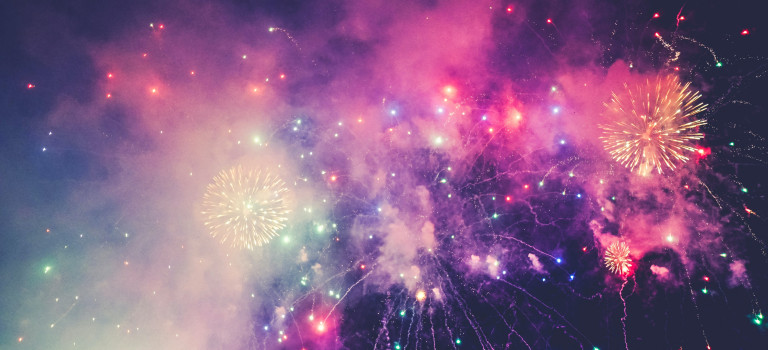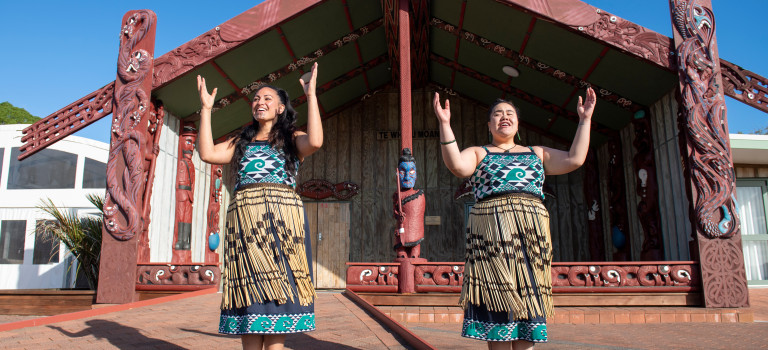
Matariki
Māori New Year
Matariki is the Māori name for a cluster of stars which rises in midwinter, and signals the start of a new year for Māori.
It’s an opportunity for all people to gather with family and friends to reflect on the year that’s been, celebrate the present, and plan for the future.

Why we celebrate Matariki
Matariki was once a way of life, but as a result of colonisation, Māori weren't able to honour many of their traditions. Since the 2000s, celebrations around the country have grown each year, with Matariki now marked with a public holiday across Aotearoa. Use this Matariki to reflect on the year that’s been, honour your relationships, and be hopeful about the future.
Matariki and Puanga
All iwi celebrate the Māori new year in June or July, with the dates changing every year based on the Māori lunar calendar. Some iwi in the South Island, Whanganui, Taranaki, and the Far North refer to this time of year as Puanga, rather than Matariki, because the Matariki star cluster is hard to identify clearly in some parts of the country. That's why some iwi place importance on the star Puanga; the next significant star closest to Matariki, and easier to see in twilight. Ngai Tahu in the South Island call the star Puaka.

What you can do to celebrate Matariki
At the heart of Matariki is whanaungatanga; relationship, kinship and a sense of family connection. Use this time to strengthen existing friendships and forge new ones, working together to provide a sense of unity and kinship within our NZDF family. Let's shine a light on whanaungatanga and connect with our people again.